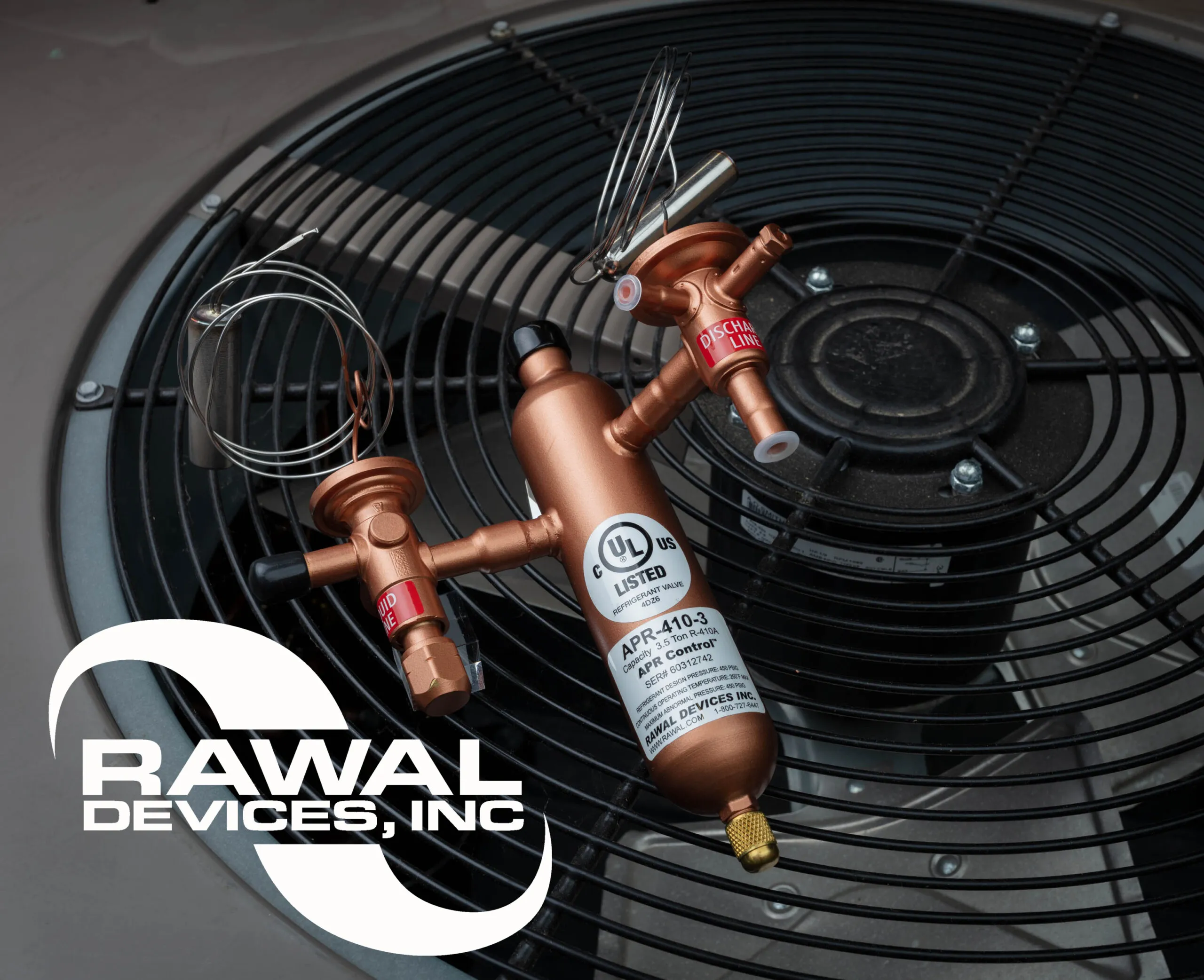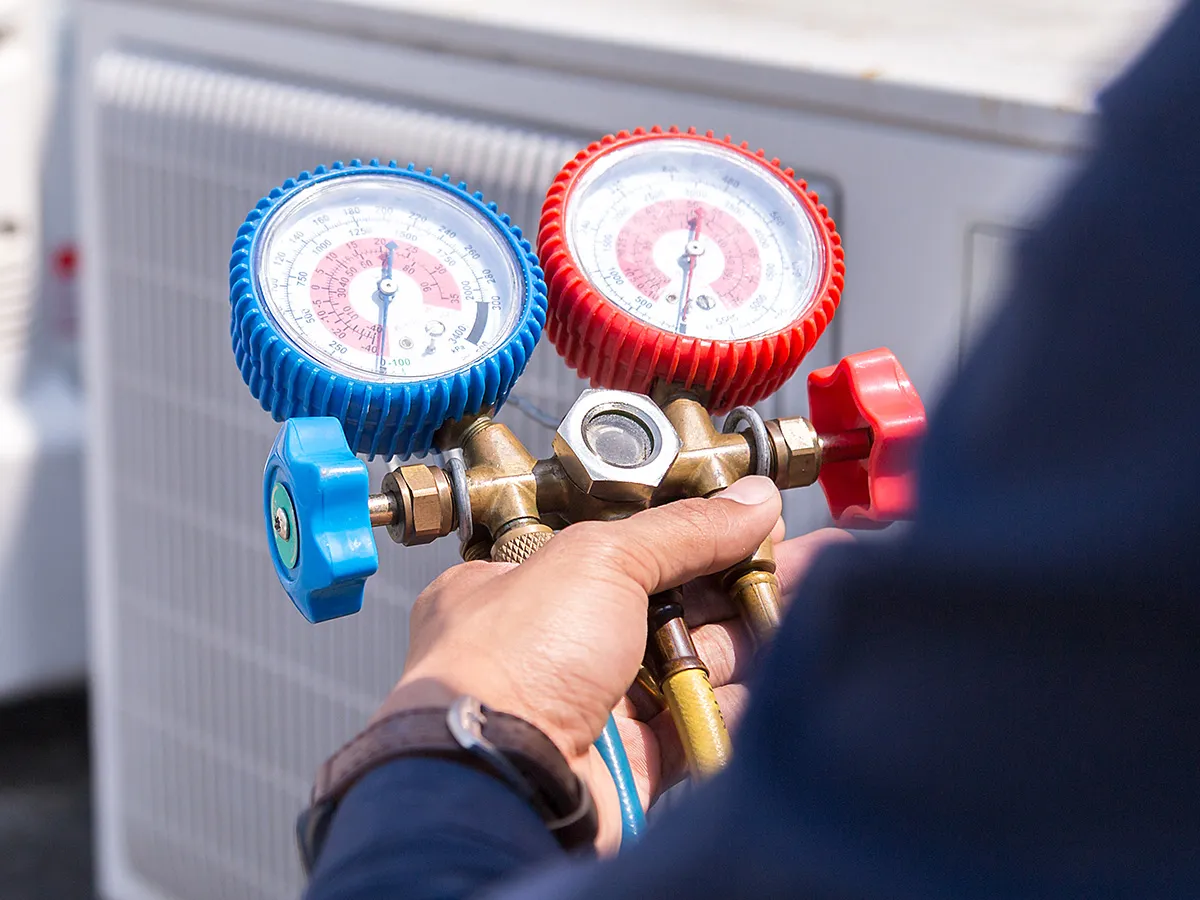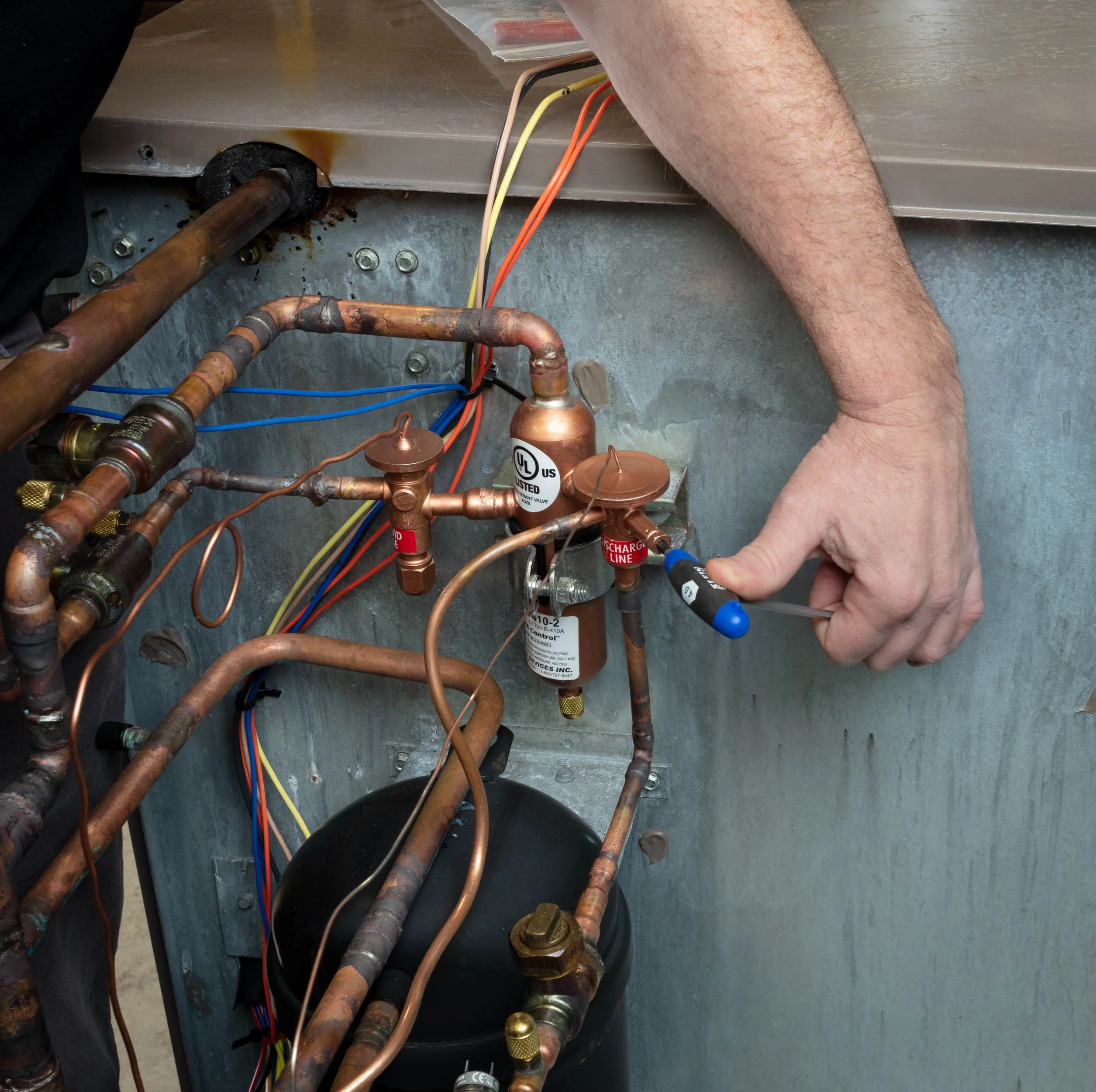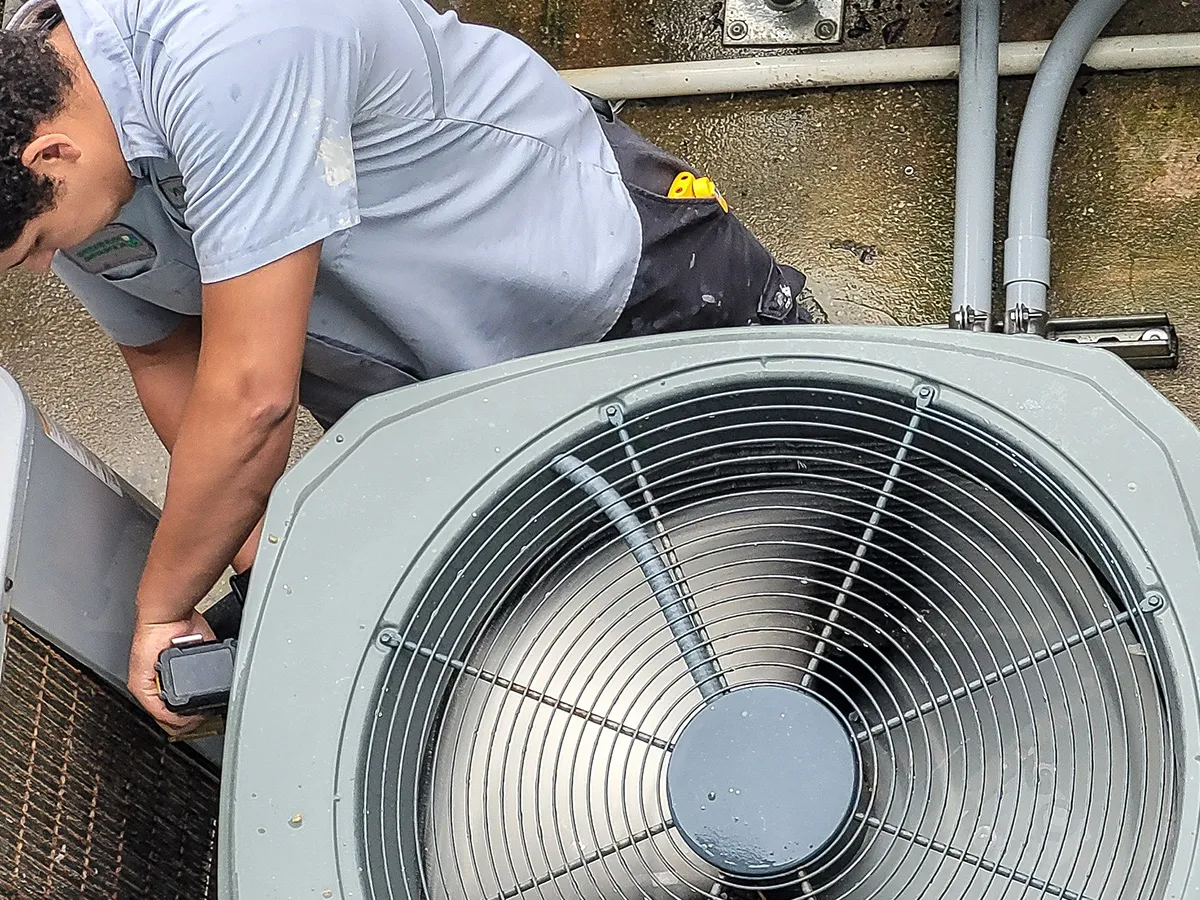
Humidity Control with the APR Control
Why does my space have high humidity despite the temperature being right where I want it?
Air Conditioning isn’t about temperature control, it’s about removing humidity from the air. Humidity control is arguably much more important in order to maintain a comfortable space! Without a properly sized air conditioning system, it’s going to be impossible to control the relative humidity in the space.
The truth is, ALL DX air conditioners are oversized by necessity. The air conditioner has to be able to cool the space on the hottest day of the year. If it can’t do that, the customer complains.
What helps reduce humidity?
Prioritize Runtime!
Think of your thermostat like a switch for your air conditioner. When your room gets warmer than the temperature you set on the thermostat, it tells the AC to turn on and cool things down. Once the room reaches the right temperature, the thermostat tells the AC to turn off again.
But here’s the thing: most standard thermostats focus on temperature alone and don’t pay attention to humidity. This can be a problem because your AC will likely shut off before it’s had enough time to remove moisture from the air.
The result? A room that feels cool, but also damp and uncomfortable. If the evaporator coil is not active, the relative humidity in the space may continue to rise and create the “cold and clammy” environment that we all want to avoid.
In order for the air conditioning system to provide humidity control in the space, we need the compressor ON and evaporator coil ACTIVE.
When you’re trying to figure out why your space has a high humidity problem, we highly recommend you look at compressor run-time. Runtime data is valuable in understanding the nature of your humidity problem! Check out this study by the Department of Energy (DOE) in 2003:
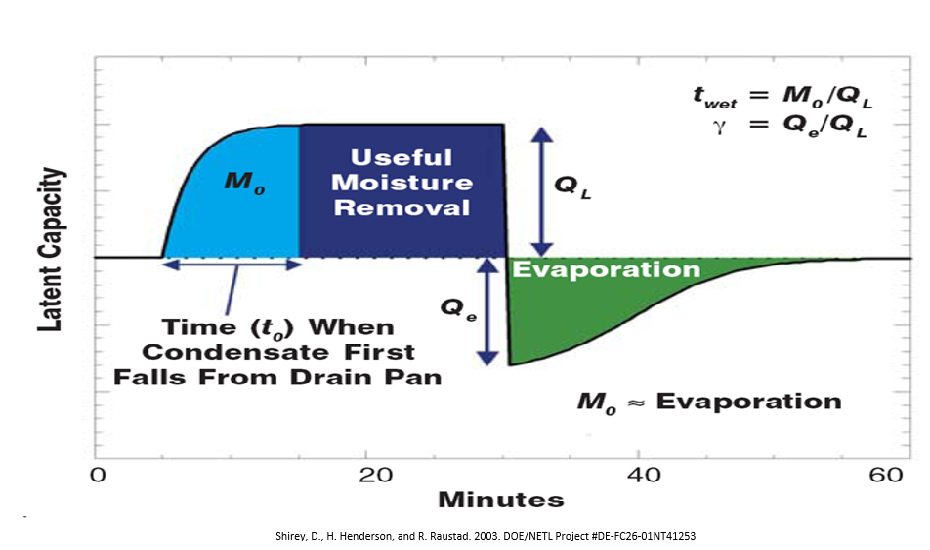
The study examined the relationship between DX system humidity control and compressor run-time. The study demonstrated that the compressor needs to be running for at least 15 minutes before the system can START the dehumidification process. If you find that the compressor is off for much longer periods than the compressor is on, there’s no wonder why you have HVAC humidity problems! When the compressor is on and the evaporator coil is below dew point of the entering air, the moisture from the air will start to condensate on the coil. Until this condensation accumulates on the coil and drops down to the drain pan and down the drain, it’s not removed from the space. This is why extending the run-time of the compressor beyond the 15 minutes is recommended. If the thermostat satisfies and the compressor shuts off with the fan still on (as in most commercial buildings), the condensation on the coil will be blown back into the space. As a result, the relative humidity in the space will rise.
Condensation & Humidity
Have you ever been outside in the summer with a cold drink and it starts to “sweat”? The reality is that the drink isn’t actually sweating; rather the moisture in the outside air is actually condensing on the surface of your cold drink. This occurs as the heat from the outside air is absorbed by your drink. The container will “sweat” because the temperature is BELOW the dew point of the outside air. If the temperature of the container’s surface is above the dew point, no condensation will occur.
The evaporator coil is very similar and that’s why we need the coil to be a lower temperature than the dewpoint of the entering air travelling across the coil! When the unit is off, the evaporator coil will not be cold enough to collect moisture from the air. This simple concept should help explain the role of the evaporator coil and why it’s critical we keep the coil active in order to lower the humidity inside the space.
Rawal Devices’ APR Control: The Simple & Reliable Humidity Control Solution!
Are you thinking about replacing the unit you recently installed because it’s not dehumidifying properly? There is no need! We have the solution that will allow you to keep the existing system in place while improving the dehumidification capabilities.
The APR Control is an excellent humidity control solution by reducing the system capacity to match the lower load conditions in the space. The result is extending the run-time of the compressor and keeping the evaporator coil active. The goal is to avoid the thermostat satisfying in order to extend the latent removal process, also known as dehumidification. Since the APR Control varies the amount of refrigerant flow to the evaporator coil, it helps avoid the compressor shutting off due to over-cooling of the space. And, by preventing excessive compressor cycling, the APR Control helps stabilize the temperature in the space in addition to stabilizing the relative humidity.
Depending on the application, the APR Control can provide as much as 80%+ turndown percentage compared to the system’s nominal capacity. Reach out to our team today to discuss how much capacity control the APR Control can provide for your system to get you and your customer out of these “sticky” (pun-intended) situations!
What is the cheapest way to reduce humidity?
The most cost-effective way to reduce humidity would be to retrofit existing, in-place air conditioning equipment before you even consider spending a fortune on a whole new system. If the system it’s not sized correctly you may continue to have the same humidity control problem.
Is your AC struggling to keep humidity at bay?
The affordable fix: Retrofit with APR Control: Instead of replacing your entire unit, a simple upgrade to APR Control could solve your humidity control woes. It optimizes your existing AC system to tackle humidity head-on.
Why it’s budget-friendly:
- HVAC costs are soaring: New equipment and installation prices have skyrocketed since 2020.
- Save on energy bills: APR Control helps your system run more efficiently, lowering those pesky utility costs.
The bottom line: The APR Control is a cost-effective solution that addresses the root of humidity problems, giving you lasting comfort and savings. Don’t throw money at a new system when a smart upgrade could be the answer!
From Clammy to Comfortable: Solving Persistent Humidity Issues
High humidity complaints are a common service call for HVAC technicians. Often, the root cause lies in the oversizing of AC systems for peak conditions. This leaves occupants clammy and uncomfortable throughout most of the year. Thankfully, the Rawal APR Control offers an effective solution. By dynamically modulating the system’s capacity to match real-time load demands, it ensures consistent dehumidification and comfort throughout the cooling season. For a deeper dive into this issue and other humidity control strategies, check out our latest article in the RSES Journal, “Resolving High Humidity Complaints.”
Reprinted from June 2020 RSES Journal
